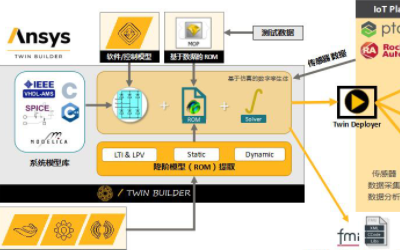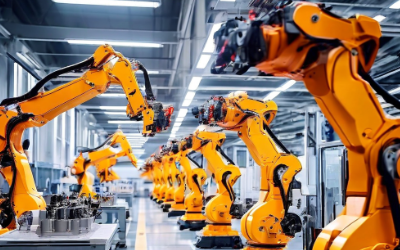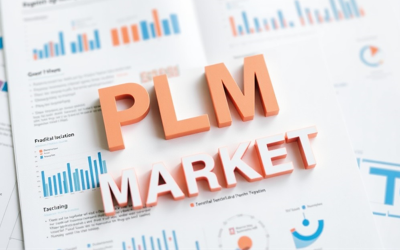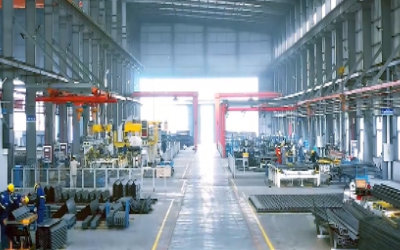April data confirm recovery is uneven
China's economy continued to rebound in April while pressures persisted amid an uneven recovery, highlighting the need for further stimulus measures to consolidate the recovery trend, officials and experts said on Friday.
"Chinese economy continued to recover in April with improvement in key indicators including industrial production, while the broader economy is still facing challenges from a more complicated external environment, mounting uncertainties, lack of effective domestic demand, operational pressures on enterprises and potential risks," said Liu Aihua, a spokeswoman for the National Bureau of Statistics.
She told a news conference in Beijing on Friday that more efforts will be made to better implement the existing policies and further consolidate the economic recovery trend.
China's value-added industrial output grew by 6.7 percent year-on-year in April after a 4.5 percent rise in March, NBS data showed.
"China's multitrack economy continued to exhibit strong manufacturing activity relative to consumer demand in April, with the housing correction still in search of a floor," said Louise Loo, lead economist at British think tank Oxford Economics.
Citing the official data, she said China's industrial production accelerated sequentially with a 1 percent month-on-month growth in April, helped by improvements in electronic equipment manufacturing and high-tech manufacturing. Among the latter, the NBS highlighted the robust growth in 3D printing equipment, new energy vehicles and integrated circuit products, all of which grew north of 30 percent year-on-year.
However, Loo cautioned that production-side outperformance may prove transient, given rising tariff risk, as other data already indicating moderating new orders, and an eventual "catchdown" of manufacturing activity with still-weak domestic demand.
Retail sales, a key indicator of consumer spending, rose 2.3 percent year-on-year in April versus the 3.1 percent rise in March, according to the NBS.
Loo attributed the weaker-than-expected retail sales data to a function of unfavorable annual base effects and the relative lull in in-between holiday retail patterns in April, especially as the five-day May Day holiday fell in the first week of May this year as against the April 29-May 3 period last year.
NBS data showed China's fixed-asset investment increased by 4.2 percent in the January-April period year-on-year, while in the first quarter, it grew by 4.5 percent.
"Investments could pick up more meaningfully after a temporary lull, given the pipeline of sovereign bond issuances which should provide further impetus to infrastructure and manufacturing investments," Loo said.
Zhou Maohua, a researcher at China Everbright Bank, said: "China's domestic demand recovery is set to gather further steam in the following months with gradual improvement in consumer spending and investment, underpinned by China's move to drive large-scale equipment renewal and the trade-in of consumer goods, front-loaded fiscal efforts and property easing policies taking effect gradually."
Looking ahead, Zhou said the Chinese economy will likely accelerate in the second quarter given the steady recovery in domestic demand, the resilience in the export sector and a low comparison base the previous year.
Meanwhile, Zhou warned the latest data show domestic demand is still weak and recovery is uneven, and called for more policy easing to shore up the world's second-largest economy.
"The People's Bank of China, the nation's central bank, will prefer tools other than benchmark rate cuts to maintain an accommodative liquidity environment, including cuts to banks' reserve requirement ratio," Zhou said.








